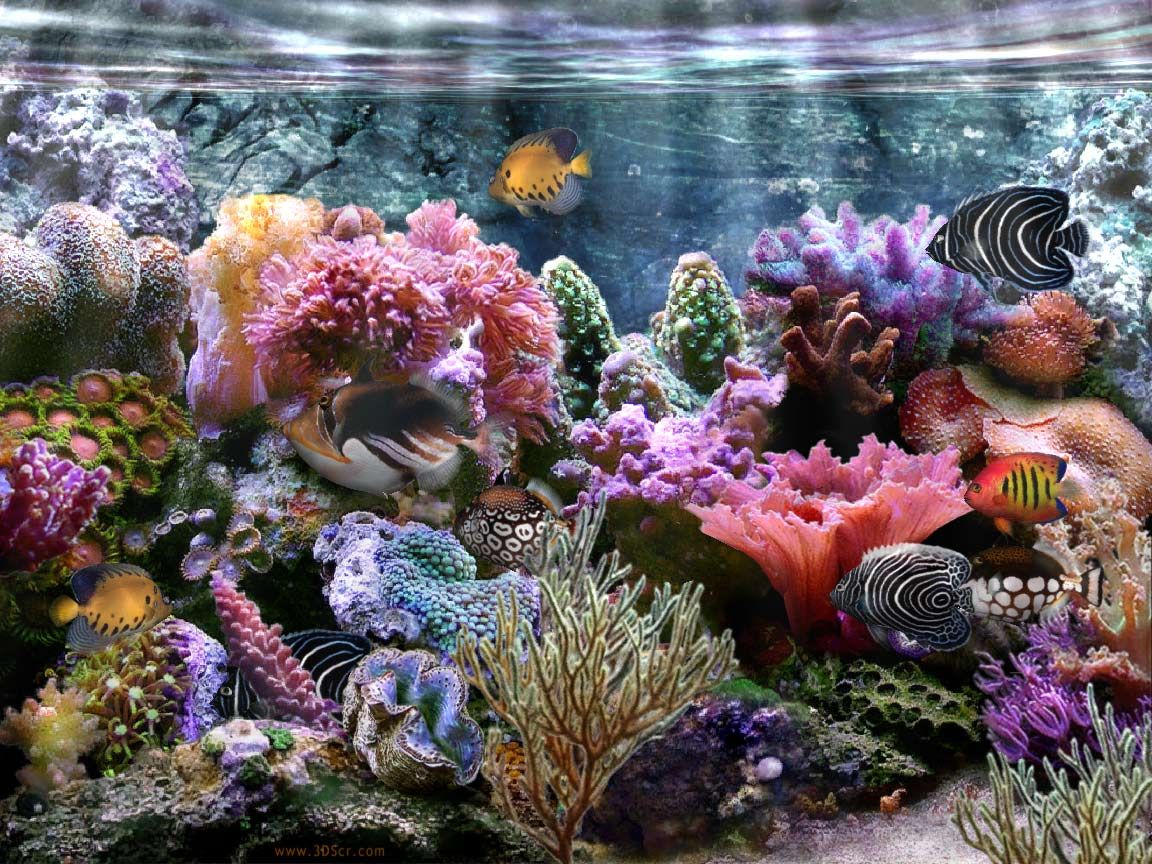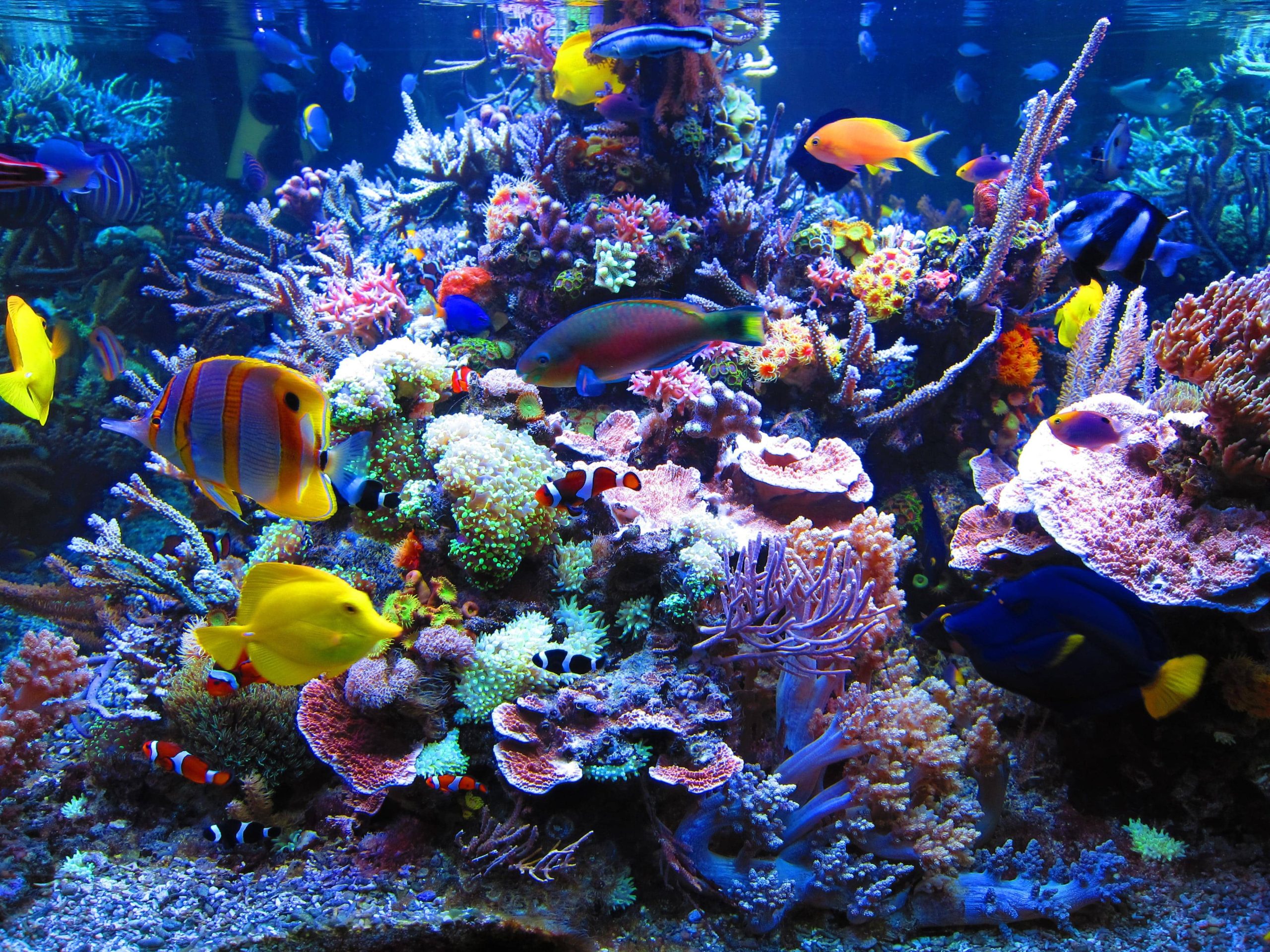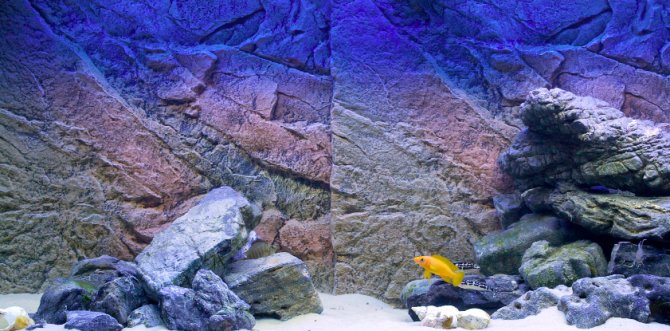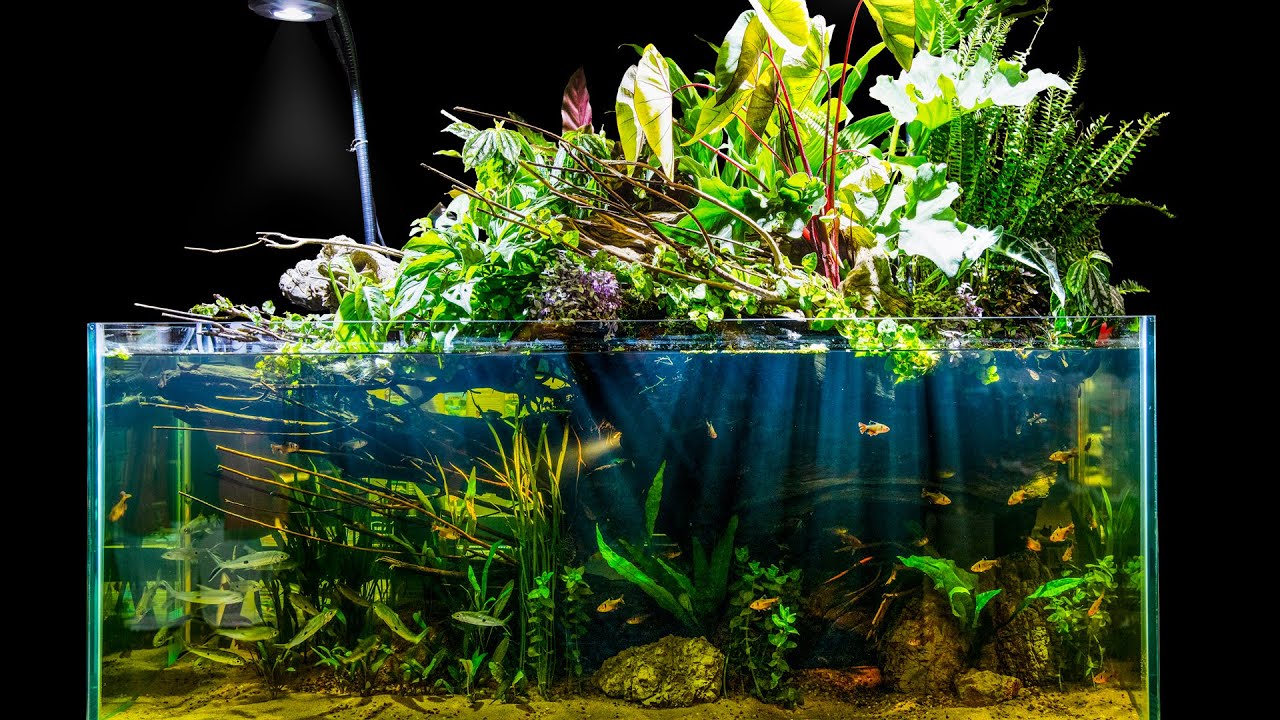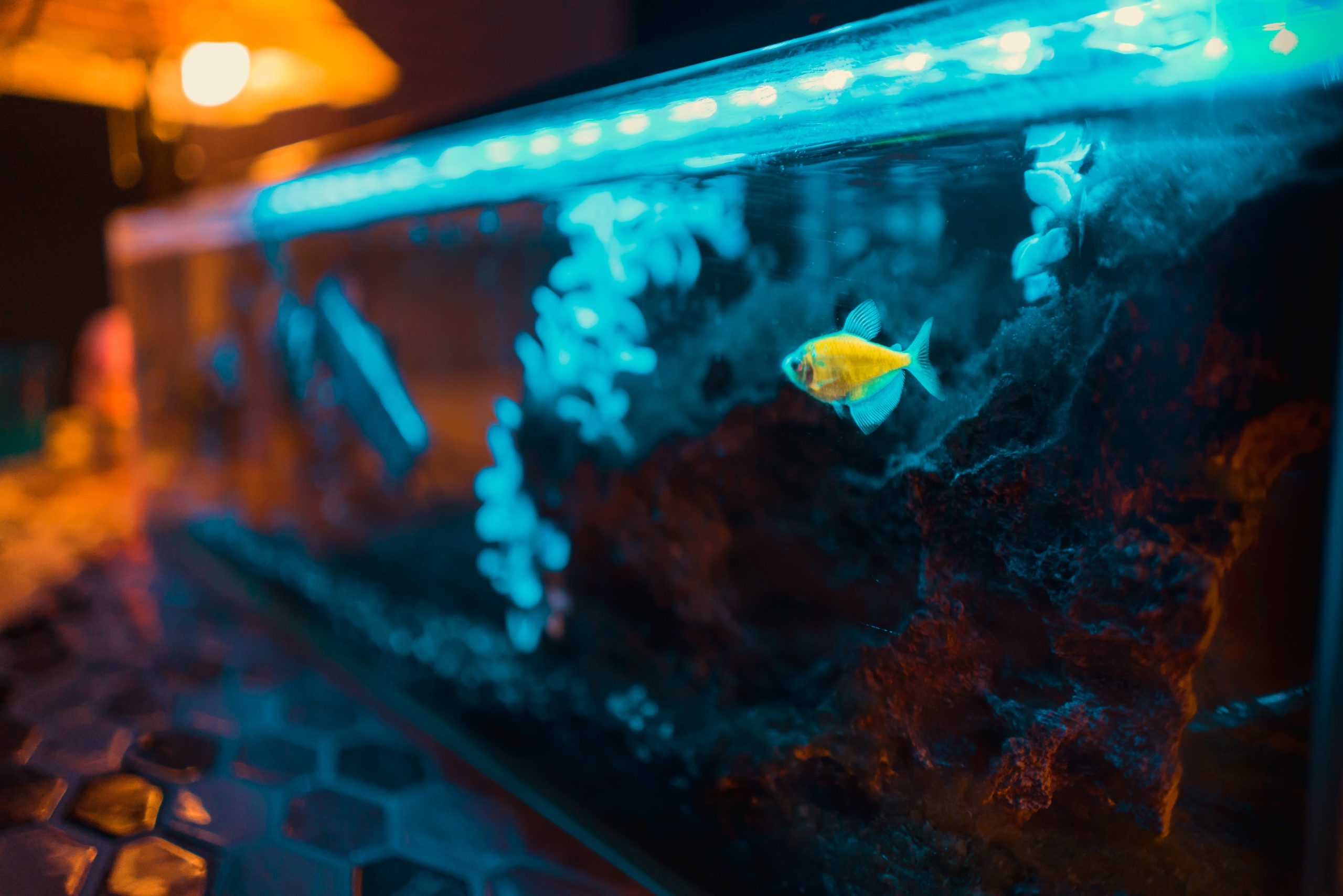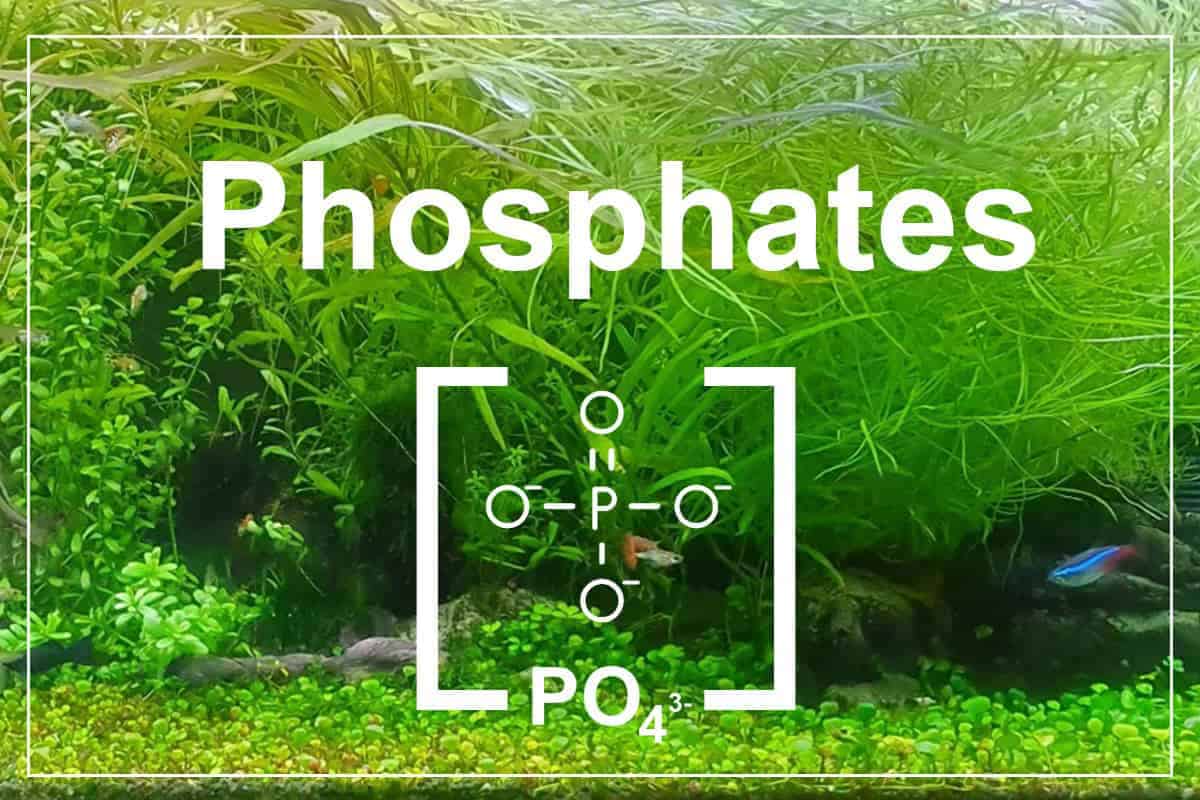Early saltwater aquarium keepers didn’t have much to work with. Literature on the hobby was inaccurate and misinformed and much of the equipment and many of the techniques for saltwater aquarium keeping were ‘inherited’ from freshwater aquaria. Compare what we knew then to what we know now!
But even today, many beginning hobbyists are confronted with redundant aquarium-keeping methodologies, obsolete equipment options, and poor advice from their local fish shop.
Modern saltwater aquarium keeping is elegant, simple, and decidedly low-tech. We have come to realize that all that is needed is live rock, live sand, good water flow, vigorous skimming and a better understanding of the Nitrogen Cycle. The emphasis is now on less technology and more biology.
Below are a few of the technologies borrowed from the freshwater aquarium hobby that you might still see some experienced aquarists using for whatever reason.
All of these methods can be deemed unnecessary, and in some cases, may even be detrimental to your saltwater aquarium.
Remember, ‘less technology, more biology’.
Canister Filters
A holdover from freshwater aquaria, canister filters have no place in the modern saltwater aquarium!
Some aquarists maintain a canister filter for mechanical and biological filtration. The main downside to canister filters is that they need to be cleaned on a weekly basis to remove mulm and detritus from the pre-filter sponge or floss to prevent nitrate buildup. And as anyone who has operated a canister filter will tell you, taking one out of the system and cleaning it is a tedious chore. At best, a canister filter should only be used for a day or two to filter out excessive detritus or mulm from the aquarium.
For example, with a canister filter hooked up, detritus can be blown from the rock with a powerhead held in hand. The resultant storm of detritus is then taken up by the canister filter and trapped by the filter floss or sponges, clarifying the water.
Under-gravel Filters
Also, once commonly used in freshwater aquariums, under-gravel filters were the standard for early marine aquarium systems.
A layer of coarse sand or gravel is placed over the under-gravel filter tray, and water from the void beneath is made to circulate through the sand. Beneficial bacteria multiply rapidly in these conditions, contributing to nitrate reduction. Commercially available under-gravel filters are becoming far less common these days, so it is unlikely that any budding saltwater aquarium hobbyist will go with this setup for their first tank.
Plenum Systems
The brainchild of Dr. Jean Jaubert at the Monaco aquarium, the plenum system is extremely efficient at denitrification. A deep bed of fine aragonite sand, seeded with live sand, is placed over a plastic grid with a fine mesh overlay.
The anoxic layer of water that develops under the plenum hosts thriving colonies of anaerobic bacteria that break down nitrate extremely well. A major downside to the plenum system, other than being complicated to set up, is that it will need careful monitoring and feeding of the anaerobic bacteria.
By all accounts, a deep sandbed will accomplish the same result as a plenum.
Wet/Dry Filters
Before the Berlin-style system of biological filtration became the standard, the trickle or wet/dry filter was commonly used and is still used to this day by some aquarists.
Water from the aquarium is allowed to flow over partially submerged bio-media, such as bio balls or ceramic rings in the sump, before being pumped back into the main display tank. The partially submerged bio media encourages aerobic bacteria to proliferate, effectively converting ammonia to nitrite and nitrite to nitrate.
The problem with wet/dry filters is that nitrate accumulates rapidly. Because of the lack of anaerobic bacteria, the nitrate is not broken down quickly enough into nitrogen gas, and nitrate accumulates. Wet/dry filters are good only for fish-only tanks since corals do not have as high a tolerance for nitrates. But before you go throwing out your bio balls and ceramic rings, bear in mind that once fully submerged, they will perform the same function as Denitrate or other biofiltration media.
If you already have a wet/dry filter as part of your saltwater aquarium system and you wish to remove it, be careful not to remove all the bio media like bio balls or ceramic rings at once. This will seriously impact your biofilter’s ability to convert ammonia and nitrite to nitrate and may even lead to a tank crash.

